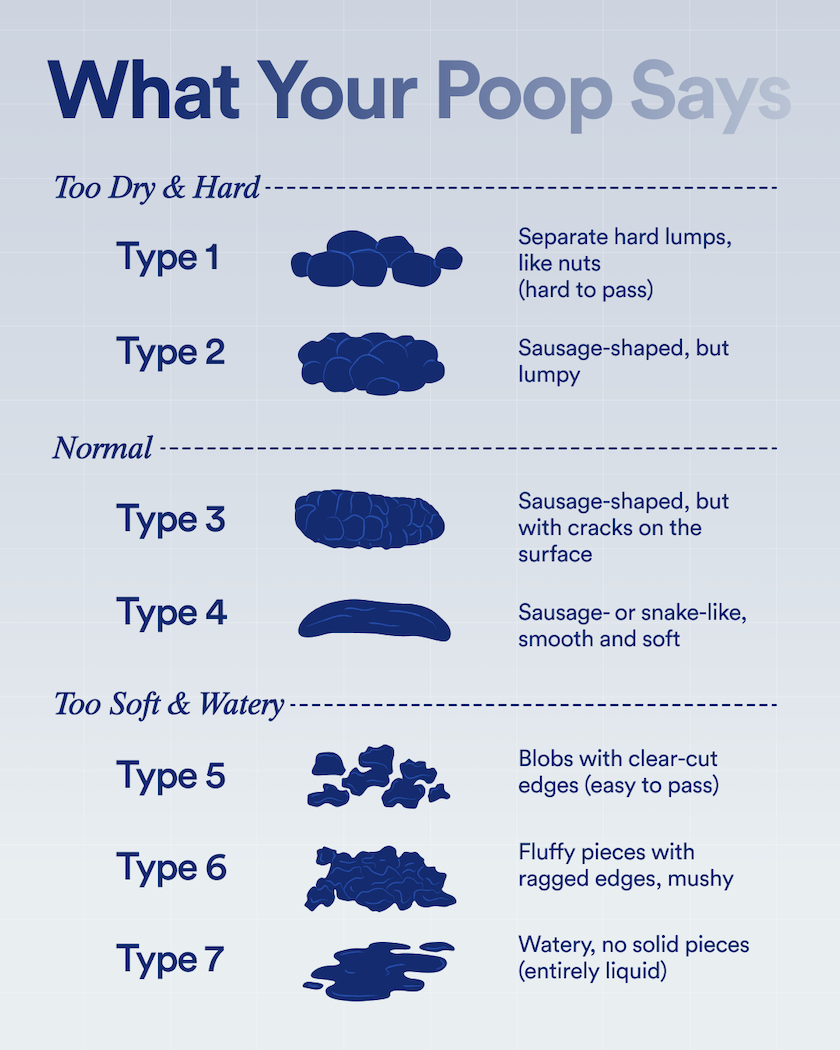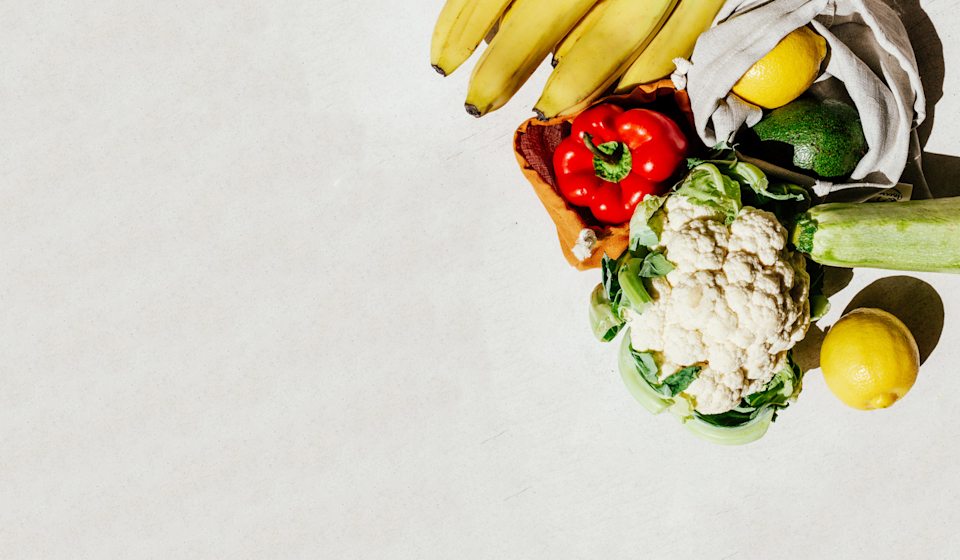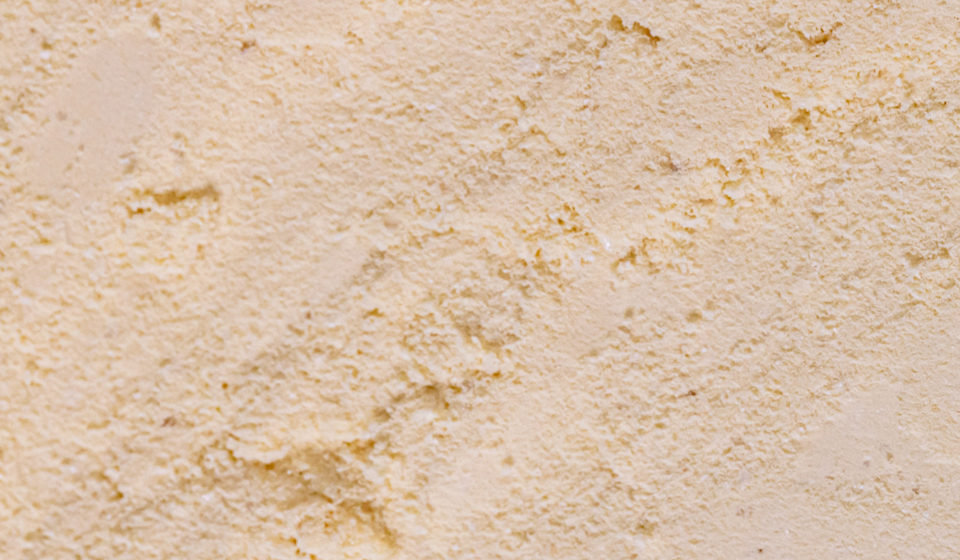Essential Takeaways
- While poop appearance can differ depending on the person, there are a few key markers that can provide insight into how our digestive system is doing.
- Read on to learn about types of poop, shades of poop, the ideal frequency, and tips for a better time on the toilet.
We need to talk about the F-word: feces. Whether out of curiosity or necessity, few of us have escaped pondering the age-old query—typically instigated by a passing look into the porcelain throne—of whether or not our poop looks, well… normal.
And for good reason, too. Poop indeed provides a window into our digestive health, but without a guide to interpreting appearance, it can be difficult to know what you’re looking at.
Not to worry—we’re here to take the load off. Behold, a simple, visual tool to read stool.
Let’s roll!
So… What does normal poop look like?
While healthy poop appearance can differ depending on the person (we are individuals, after all), there are a few key markers that can provide insight into how our digestive system is doing. Enter: The Bristol Stool Chart, known more formally as the Bristol Stool Form Scale. Developed in 1997 as a clinical assessment tool, it classifies feces by form (i.e. shape and texture) into one of seven stool types, ranging from hard lumps to watery liquid. Think of it as a simple, overarching barometer to measure the way poop looks (or feels!) against a visual guide—and a helpful starting point for assessing intestinal transit time, which is an important piece of our overall digestive health picture.












